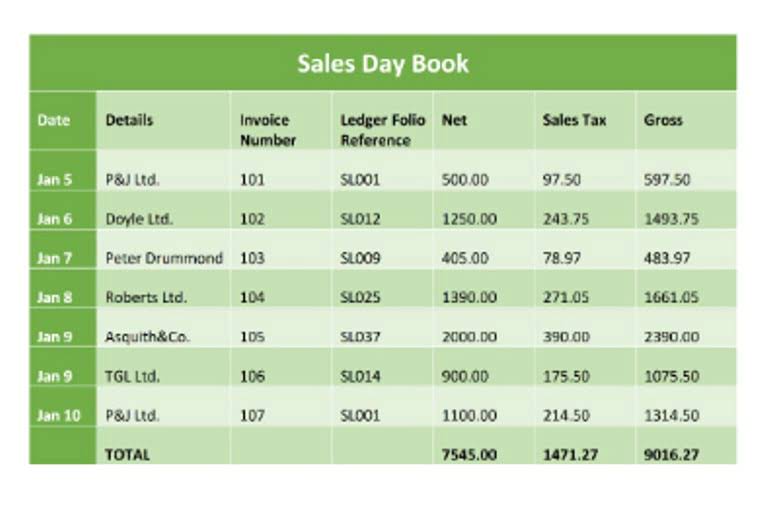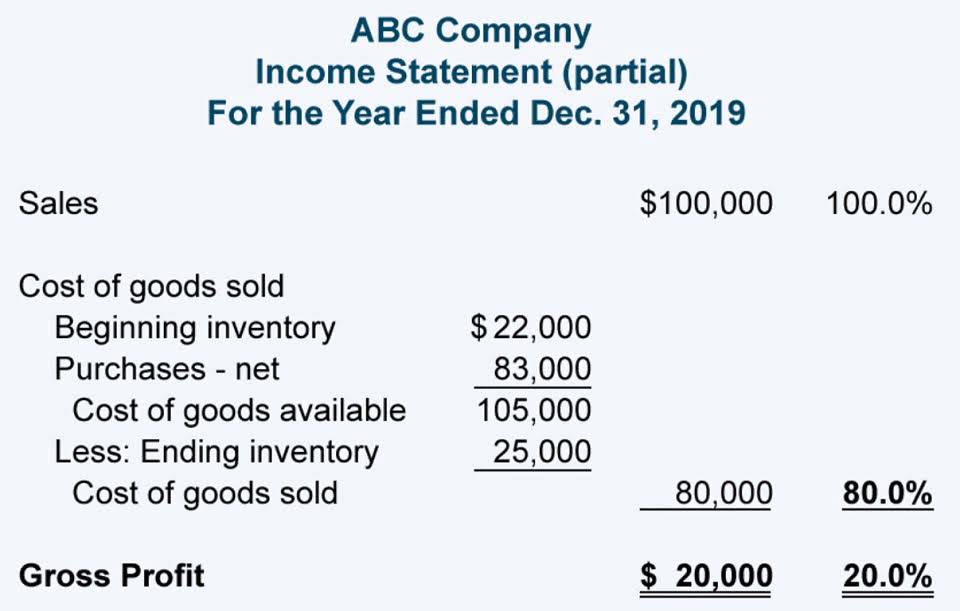Necesitas un mínimo de 4 platos más para realizar tu pedido.
Necesitas un mínimo de 4 platos más para realizar tu pedido.

As a result, many investors regard companies with negative shareholder equity as dangerous investments. Retained earnings are a component of shareholder equity and represent the percentage of net earnings that are not distributed to shareholders as dividends. Therefore, cash or other liquid assets should not be confused with retained earnings. If the company chooses to retain profits for internal business investments and expenditures, it is not required to pay dividends to its shareholders. As you can see, the beginning equity is zero because Paul just started the company this year. Paul’s initial investment in the company, issuance of common stock, and net income at the end of the year increases his equity in the company.
Just as with sole proprietorships and the statement of changes to owner’s equity, the big changes were net income and owner withdrawals. First, the changes to common stock are reported as zero, in millions, which means there could have been $499,999.99 of stock issued left off this report because it is immaterial. The $89 million (rounded to the nearest million) in stock would equate to 1.78 billion shares (actually reported on the balance sheet at 1.782 billion). Any change in the Common Stock, Retained Earnings, or Dividends accounts affects total stockholders’ equity, and those changes are shown on the statement of stockholder’s equity. The cash inflows are the cash amounts that were received and/or have a favorable effect on a corporation’s cash balance. In terms of payment and liquidation order, bondholders are ahead of preferred shareholders, who in turn are ahead of common shareholders.

Designed for business owners, CO— is a site that connects like minds and delivers actionable insights for next-level growth. This financial document transparently provides investors with crucial information about their equity value. Shareholder equity influences the return generated concerning the total amount invested by equity investors. Physical asset values are reduced during liquidation, and other unusual conditions exist. Also known as Owner’s Equity, is the total amount of assets remaining after deducting all liabilities from the company.
Note that the $95,000 appears as a negative amount because the outflow of cash for capital expenditures has an unfavorable or negative effect on the corporation’s cash balance. The $15,000 is a positive amount since the money received has a favorable effect on the corporation’s cash balance. The $30,000 received from selling an investment also had a favorable effect on the corporation’s cash balance. The statement’s heading should include the company name, the title of the statement and the accounting period to prevent confusion when you search for these financial statements later. A statement of shareholder equity is helpful for gauging how well the business owner is running the organization. If shareholder equity declines from one accounting period to the next, it’s a telltale sign that the business owner is doing something wrong.

It helps them to judge the quality of the company’s financial ratios, providing them with the tools to make better investment decisions. Once you define and outline this information, you’ll better understand your company’s financial wellbeing and performance, and how investors are viewing your potential. From there, you might decide to sell additional shares, streamline circulation of shares or plan the distribution of profits. These two accounts—common stock and paid-in capital—are the equivalent of the Capital Contribution account we used for a sole proprietorship. The second section of the SCF reports 1) the cash outflows that were used to acquire noncurrent assets, and 2) the cash inflows received from the sale of noncurrent assets.
Stockholders’ equity might include common stock, paid-in capital, retained earnings, and treasury stock. The cash outflows spent to purchase noncurrent assets are reported as negative amounts since the payments have an unfavorable effect on the corporation’s cash balance. This is the property, plant and equipment that will be used in the business and was acquired during the accounting period. The statement of cash flows (SCF) or cash flow statement reports a corporation’s significant cash inflows and outflows that occurred during an accounting period.
They can save retained earnings, which are added to the balance sheet for the following year as Beginning Period Retained Earnings, and increase retained earnings for that year, thereby increasing the equity. A statement of retained earnings is a comprehensive summary of retained earnings and their calculation. Because the retained earnings are available statement of stockholders equity for investments and expenditures, how they are spent is entirely up to the company. Coca-Cola (KO), PepsiCo’s main competitor, also appears to have weathered the storm. As a result, the company’s shareholder equity is expected to be around $23 billion in 2021. For the full fiscal year 2020, it reported approximately $19.3 billion in stockholder equity.
PwC refers to the US member firm or one of its subsidiaries or affiliates, and may sometimes refer to the PwC network. This content is for general information purposes only, and should not be used as a substitute for consultation with https://www.bookstime.com/ professional advisors. Finance Strategists has an advertising relationship with some of the companies included on this website. We may earn a commission when you click on a link or make a purchase through the links on our site.
During a liquidation process, the value of physical assets is reduced and there are other extraordinary conditions that make the two numbers incompatible. Retained earnings should not be confused with cash or other liquid assets. The retained earnings are used primarily for the expenses of doing business and for the expansion of the business. Shareholder equity represents the total amount of capital in a company that is directly linked to its owners. Finally, the number of shares outstanding refers to shares that are owned only by outside investors, while shares owned by the issuing corporation are called treasury shares. We have financial relationships with some companies we cover, earning commissions when readers purchase from our partners or share information about their needs.

Retained Earnings (RE) are business’ profits that are not distributed as dividends to stockholders (shareholders) but instead are allocated for investment back into the business. Retained Earnings can be used for funding working capital, fixed asset purchases, or debt servicing, among other things. It will reveal whether you didn’t make enough to sustain operations or whether you have enough equity in the business to get through a downturn. The statement of shareholder equity also shows whether you’re likely to get approved for a business loan, whether there’s value in selling the business and whether it makes sense for investors to contribute.


El lanzamiento de COMOBIEN ha sido todo un éxito. Por esta razón, hemos decidido hacer una pausa y centrar todo nuestro esfuerzo en reorganizar los departamentos con la finalidad de poder darte un excelente servicio.
* Si quieres estar informado de las novedades, déjanos tu email aquí: